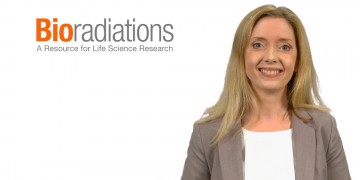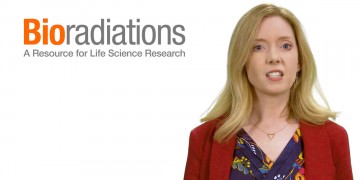
Optimizing to Automation: The Advantages of Multidimensional (Multi-D) Chromatography
Philip Chapman of Bio-Rad Laboratories discusses the advantages of automated multidimensional (Multi-D) chromatography compared to traditional multistep purification strategies.

Bioradiations September Edition
See what new articles and videos are in the September edition of Bioradiations.

Four Tips for Developing a Sample Prep Protocol for SDS-PAGE or Chromatography
From making sure that your lysis buffer is compatible with your protein quantitation method to advice on when you do and don’t have to worry about proteases, we share helpful tips for developing a sample preparation protocol.

Five Tips for Picking the Right Cell Disruption Method for Protein Analysis
Sonicator or freeze-thaw? Detergent or enzymatic lysis? Find out how to pick the right cell disruption method for your experiment.

#4 How Do You Listen to Your FPLC UV Detector?
Here are some tips to fix random spikes in your peaks and pulsations in your gradient.

Bio-Rad’s Multi-D Method Addresses Unmet Chromatography Needs
Some of the frustrations in protein purification stem from unmet chromatography needs, such as automation, productivity, throughput, and reproducibility among others. Bio-Rad’s new Multi-D chromatography method addresses these and provides solutions to faster, efficient and more reliable protein purification.

#3 How Do You Care for Your Chromatography System?
Here are some handy tips for maintaining your chromatography columns in great shape.

Bioradiations August Edition
See what new articles and videos are in the August edition of Bioradiations.

Four Tips for Handcasting SDS-PAGE Gels
Watch this episode of LabNotes for helpful tips like how to pour the stacking and resolving gel at the same time.

Four Tips for Running the Perfect SDS-PAGE Gel
We share five simple tricks that address common gel running woes, from samples that float out of wells to sample buffers that turn yellow.
